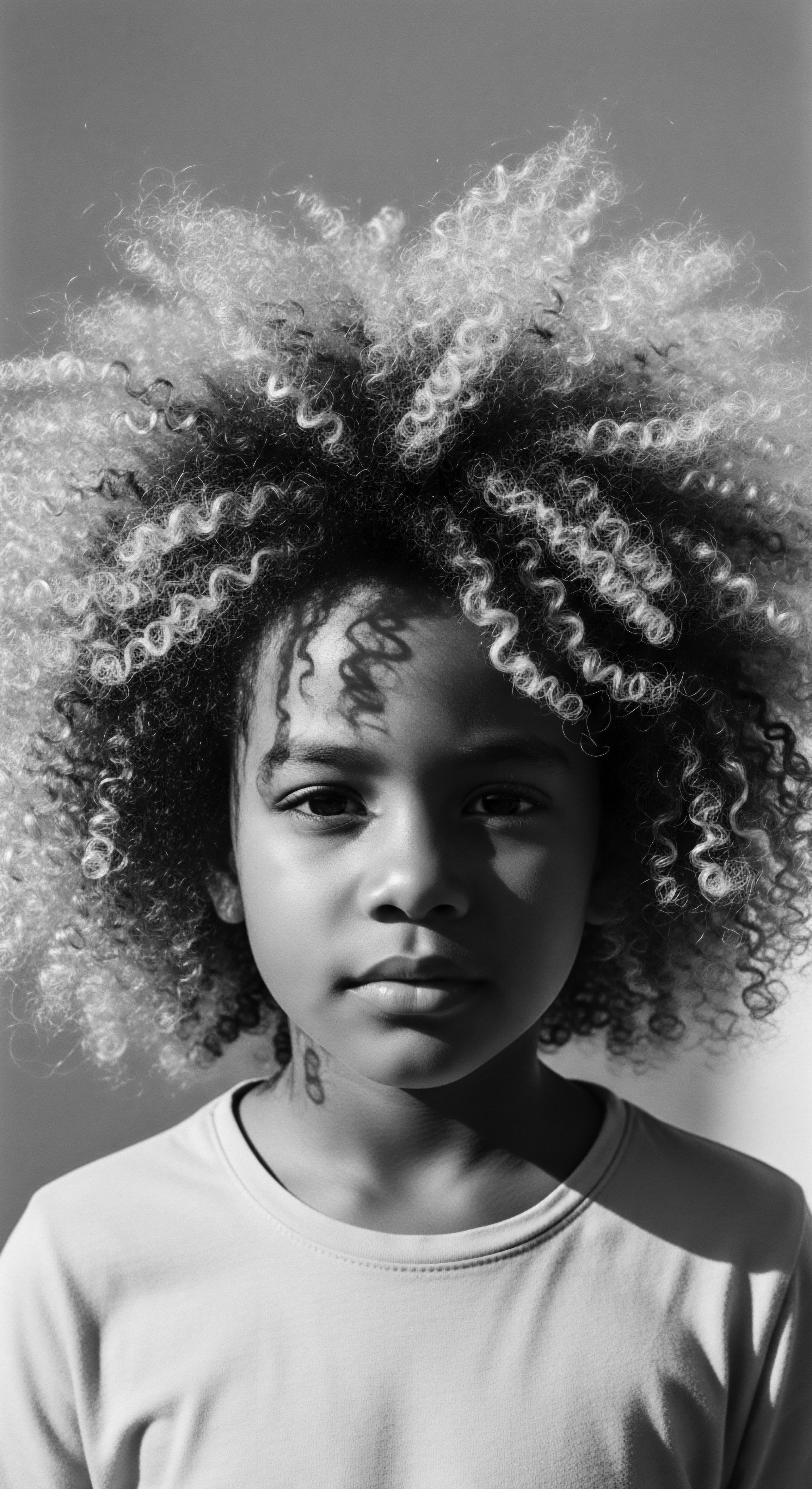
Fundamentals
The Coily Hair Strength represents a foundational concept within the vast realm of textured hair, particularly for those of Black and mixed-race heritage. At its core, this strength refers to the inherent resilience and structural integrity of hair strands that exhibit tight, spring-like coils. It is a definition that moves beyond a mere physical characteristic, extending into the profound significance it holds within cultural narratives and historical experiences. Understanding this strength requires appreciating the unique architecture of coily hair, which, despite its delicate appearance, possesses remarkable capabilities.
For individuals new to the nuances of textured hair, the meaning of Coily Hair Strength might initially seem counterintuitive. Coily hair, often described as having a Z-shaped or tightly spiraled pattern, can appear fine or fragile when stretched. Yet, its strength is not solely about resistance to breakage under tension.
Instead, it speaks to a combination of factors ❉ the hair’s ability to maintain its coiled form, its capacity to absorb and retain moisture when properly cared for, and its enduring symbolic power. This interpretation acknowledges that hair is not merely a biological entity; it is a living part of one’s identity, especially when viewed through the lens of ancestral practices and cultural legacy.
The term also implies a deeper connection to ancestral practices. Historically, communities understood the unique properties of coily hair and developed specific care rituals to honor and preserve its vitality. These traditions, passed down through generations, reveal an intuitive understanding of what modern science now describes as structural resilience and moisture retention. The strength, in this context, is a testament to the wisdom embedded in these time-honored approaches, emphasizing the hair’s natural capabilities rather than imposing external standards.
Coily Hair Strength signifies the inherent resilience and cultural significance of tightly coiled hair, deeply rooted in ancestral wisdom and unique biological design.
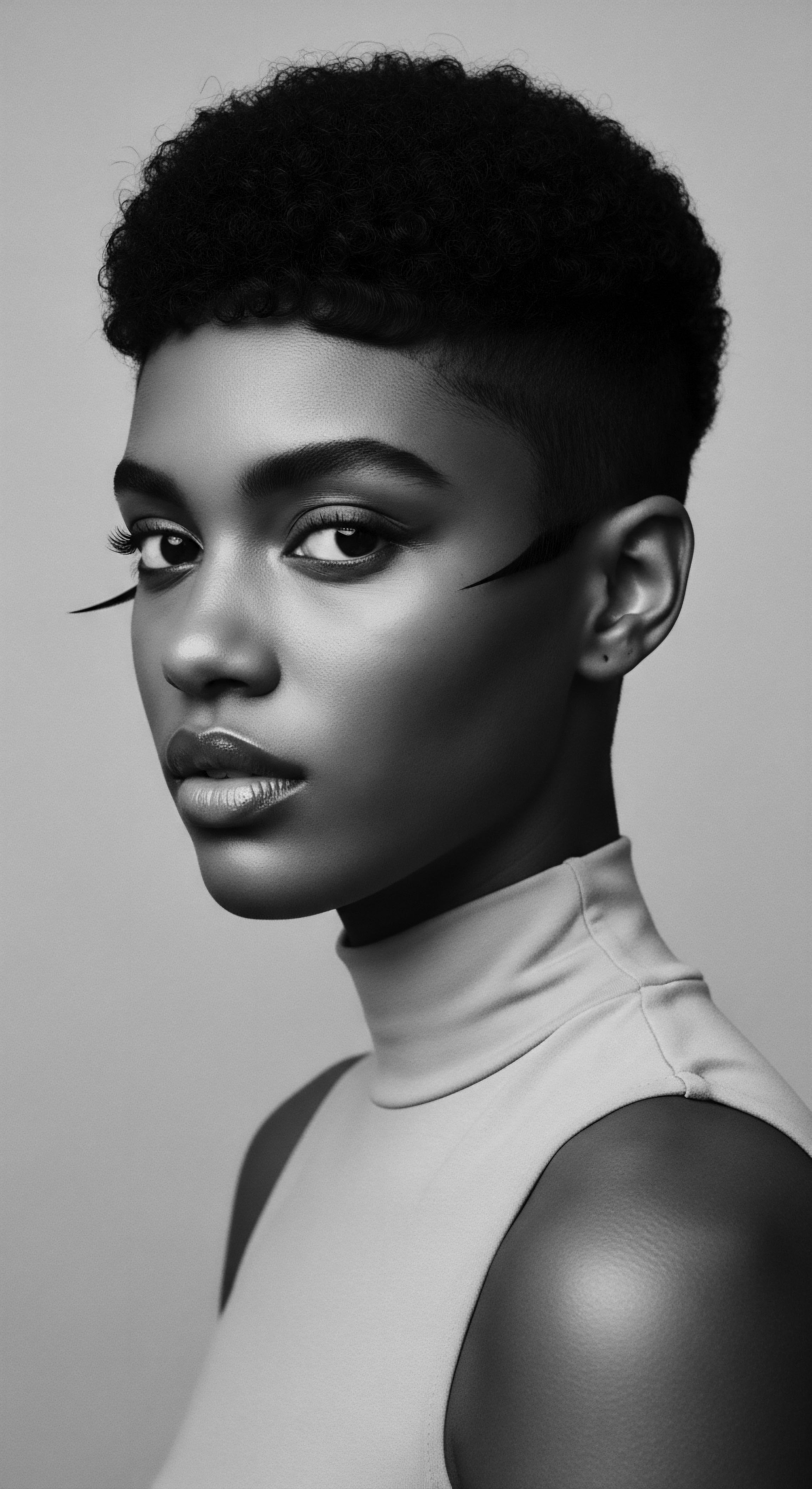
Understanding the Coil’s Structure
The distinct shape of coily hair arises from the elliptical or flat cross-section of the hair follicle and the uneven distribution of keratin within the hair shaft. This structural configuration encourages the hair to grow in a helical, or spiral, pattern. Each individual coil acts like a natural spring, providing a natural cushioning effect and allowing the hair to compress and expand.
This physical attribute is a key component of its strength, enabling it to resist external forces and maintain volume. The designation of this characteristic as “strength” highlights its natural protective qualities, allowing the hair to adapt to various environmental conditions and styling methods when appropriate care is applied.
Beyond the individual strand, the collective mass of coily hair also contributes to its overall strength. The dense packing of these coils creates a natural protective barrier, offering insulation and safeguarding the scalp. This collective strength is particularly evident in traditional hairstyles, where coily hair is braided, twisted, or loc’d, further amplifying its protective qualities and providing a robust foundation for elaborate adornments. The explication of this physical attribute lays the groundwork for appreciating its historical and cultural importance.
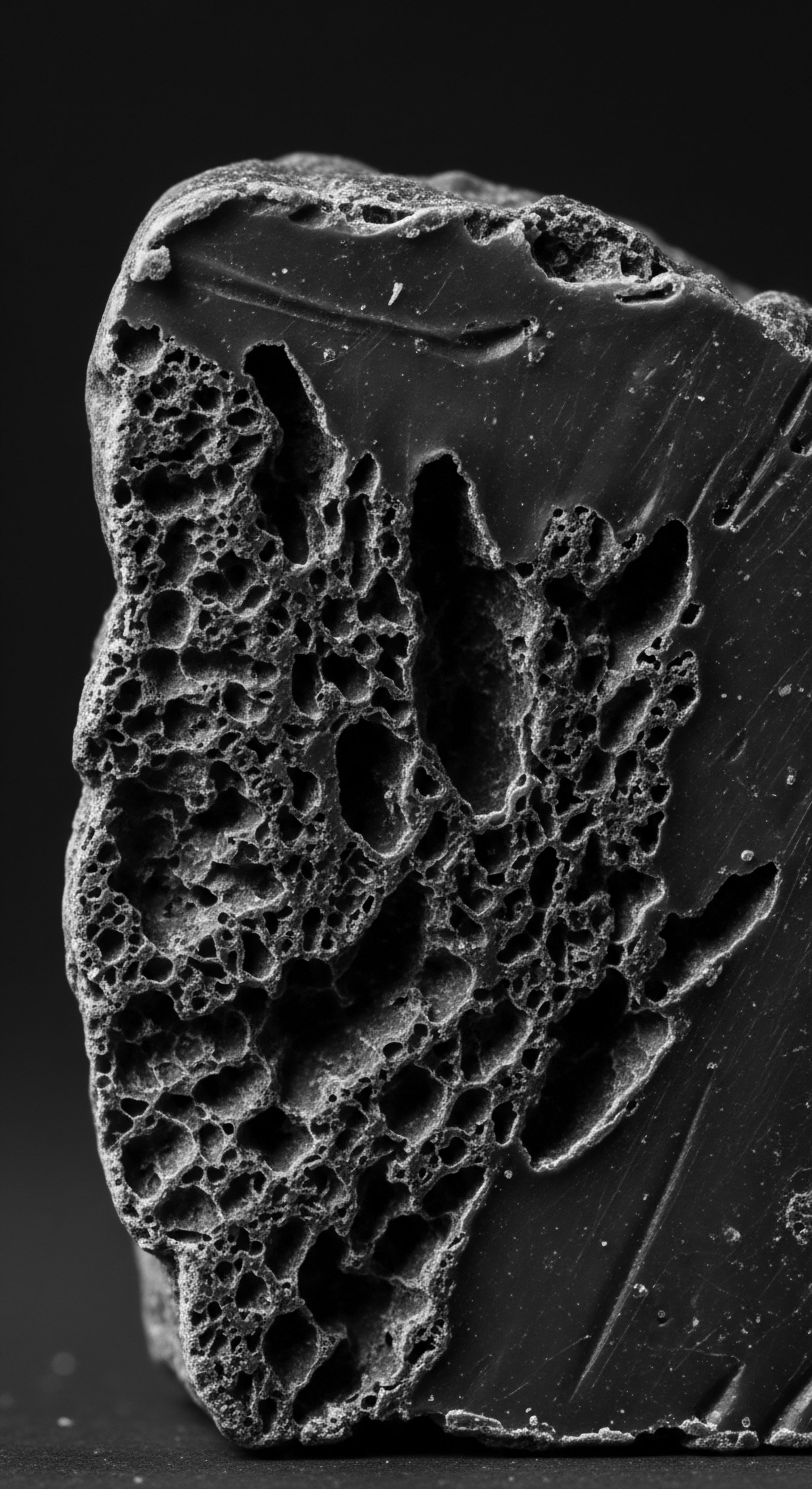
Initial Delineation of Heritage
The Coily Hair Strength carries a profound cultural connotation, particularly within Black and mixed-race communities. For centuries, hair has served as a potent symbol of identity, status, and spirituality across African societies. The intricate patterns of braids and other styles communicated marital status, age, wealth, and tribal affiliation. This heritage of communication through hair is intrinsically linked to the inherent strength of coily textures, which could hold these complex designs for extended periods.
The ability of the hair to endure such styling, while retaining its integrity, speaks volumes about its intrinsic robustness and the skill of those who cared for it. This initial statement of its cultural significance establishes a critical link between biology and lived experience.
The initial interpretation of Coily Hair Strength also encompasses the resilience of a people. During periods of immense hardship, particularly the transatlantic slave trade, the forced shaving of hair was a deliberate act of dehumanization, aimed at severing cultural ties. Yet, the inherent strength of coily hair, its ability to grow back and be re-styled, became a quiet yet powerful act of resistance and a means of preserving identity.
This historical context provides a deep sense of the term’s meaning, transcending simple physical properties to encompass a legacy of survival and defiance. The designation of this quality as “strength” thus becomes a tribute to enduring spirit.
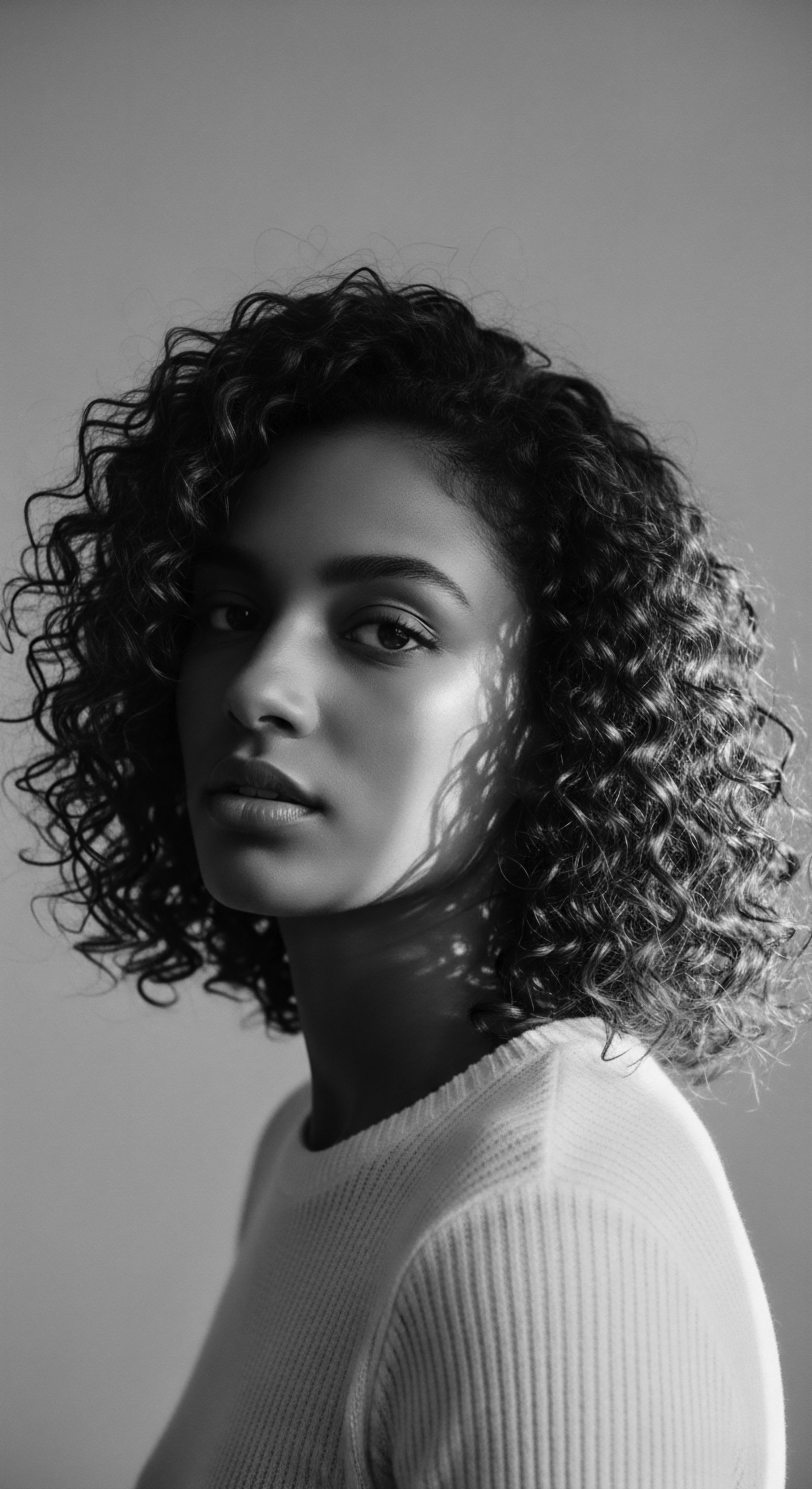
Intermediate
Expanding upon the foundational understanding, the Coily Hair Strength, within Roothea’s ‘living library,’ represents a sophisticated interplay of biological attributes, historical narratives, and communal wisdom. It is not a static concept but a dynamic one, continuously reshaped by the lived experiences of individuals with textured hair across the diaspora. The term’s significance deepens when considering how these strands, often mischaracterized as fragile in Eurocentric beauty paradigms, possess an unparalleled structural integrity that allows for extraordinary versatility and protection.
The hair’s inherent resilience stems from its unique helical configuration. Unlike straighter hair types with a more circular cross-section, coily hair emerges from an elliptical follicle, causing the keratin proteins to align in a distinct, often asymmetrical, manner. This creates natural points of coiling, forming spirals that can range from loose waves to tight, compact Z-patterns. This intrinsic structure, while prone to dryness due to the difficulty of natural oils traveling down the shaft, provides a natural elasticity and springiness.
The hair can stretch and recoil, absorbing impact and resisting breakage from manipulation when handled with knowledge and care. This mechanical explanation underpins the deeper meaning of its durability.
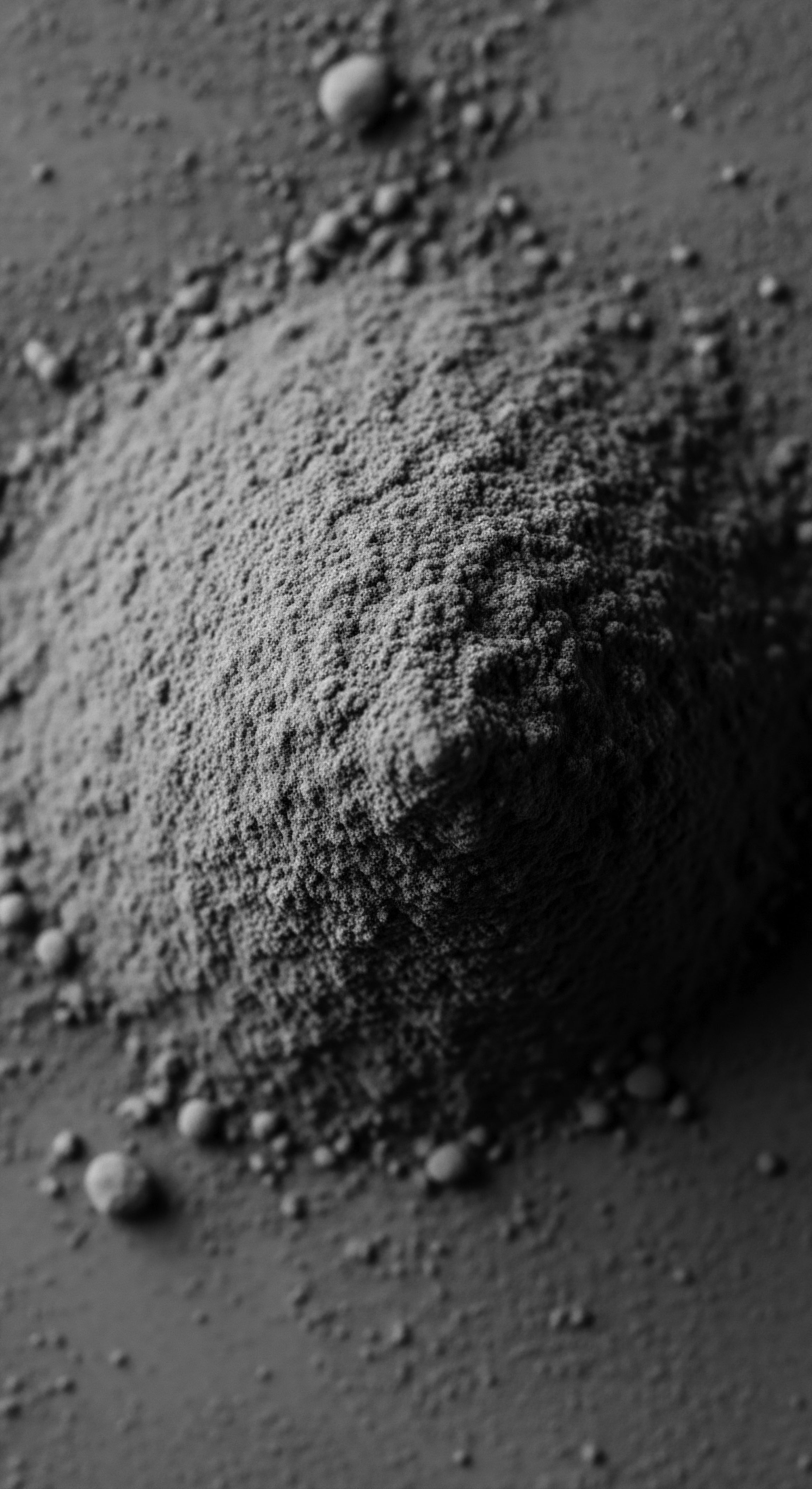
Echoes from the Source ❉ Ancestral Practices and Hair Biology
Centuries before the advent of modern hair science, ancestral communities in Africa possessed an intuitive, profound understanding of coily hair’s capabilities and requirements. Their care practices, often communal and deeply ritualistic, were designed to enhance and protect the hair’s natural strength. These rituals were not merely cosmetic; they were deeply spiritual and social, reinforcing community bonds and connecting individuals to their heritage. The traditions often involved the use of natural ingredients, many of which modern science now validates for their nourishing and strengthening properties.
- Shea Butter ❉ A staple across West Africa, this rich emollient was used to seal moisture into strands, providing a protective barrier against environmental stressors and contributing to the hair’s suppleness.
- Coconut Oil ❉ Revered in many African and diasporic communities, its molecular structure allows it to penetrate the hair shaft, reducing protein loss and strengthening the hair from within.
- Chebe Powder ❉ Originating from Chadian communities, this blend of herbs has been traditionally used to condition and fortify hair, promoting length retention by minimizing breakage.
- Aloe Vera ❉ Employed for its soothing and moisturizing properties, this plant helped maintain scalp health, which is paramount for strong hair growth.
These traditional applications reveal a sophisticated, empirical knowledge of hair biology, even without formal scientific terminology. The emphasis on moisture, gentle manipulation, and protective styling—such as intricate braiding and twisting—underscored a recognition of coily hair’s specific needs to maintain its structural integrity. The consistent application of these practices allowed the hair to reach its full potential, exhibiting a strength that was both biological and cultural.
Coily Hair Strength is a living testament to ancestral wisdom, where ancient care rituals intuitively understood and nurtured the hair’s unique structural properties.
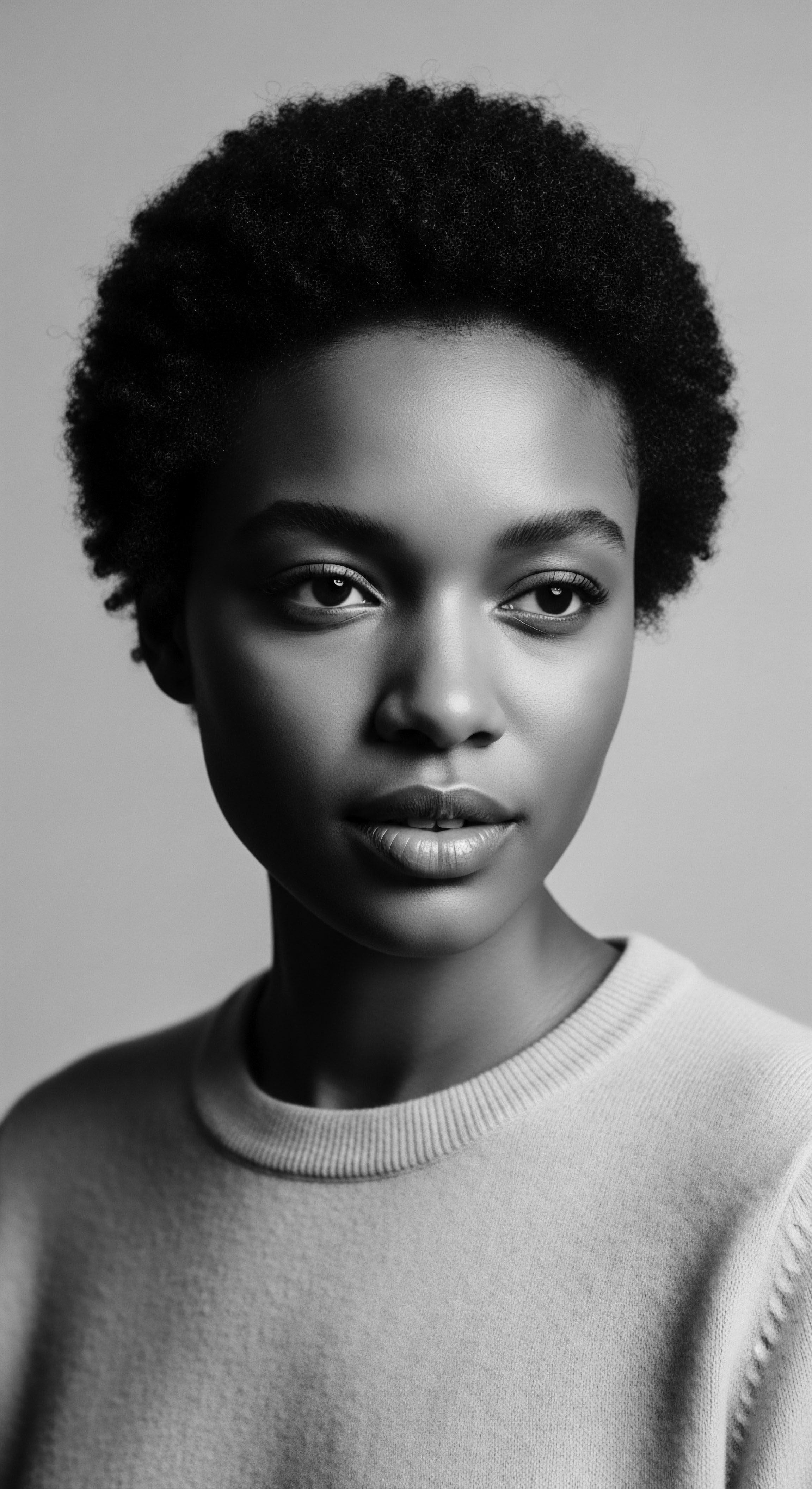
The Tender Thread ❉ Hair as a Conduit of Community and Identity
The care of coily hair was, and remains, a communal activity, a tender thread weaving together generations and fostering deep connections. In many African societies, hair styling sessions were significant social gatherings, where stories were shared, wisdom imparted, and bonds fortified. This communal aspect reinforces the idea that Coily Hair Strength is not just an individual attribute but a shared legacy. The patient, skilled hands that meticulously braided or twisted hair were not only creating styles but also preserving cultural identity and transmitting knowledge.
Consider the historical example of the Tignon Laws in 18th-century Louisiana. Enacted in 1786, these laws compelled Black women to cover their hair with a tignon (a scarf or headwrap) in public, a legislative attempt to suppress their perceived beauty and social standing. Yet, these women, with remarkable spirit, transformed this act of oppression into a statement of defiance and artistry. They adorned their tignons with vibrant fabrics, jewels, and elaborate wraps, turning a symbol of subjugation into one of beauty, resilience, and cultural pride.
This historical episode powerfully illuminates how the very act of adorning and protecting coily hair became a silent, yet potent, expression of identity and resistance. The strength of their hair, both physically and symbolically, allowed for this profound act of reclaiming agency (Byrd & Tharps, 2021, p. 89). This instance underscores how the interpretation of Coily Hair Strength extends far beyond mere physical attributes, encompassing the fortitude of a people.
The evolution of hairstyles, from the intricate braids of ancient Egypt (dating back to 2050 B.C.) to the powerful Afro of the Civil Rights Movement, speaks to the enduring significance of coily hair as a marker of identity and resistance. The Afro, in particular, became a political statement, a visual repudiation of Eurocentric beauty standards, and a celebration of Black heritage. This cultural journey highlights how the inherent physical strength of coily hair allowed it to be a canvas for these profound expressions of self and community, solidifying its meaning as a symbol of unwavering spirit.
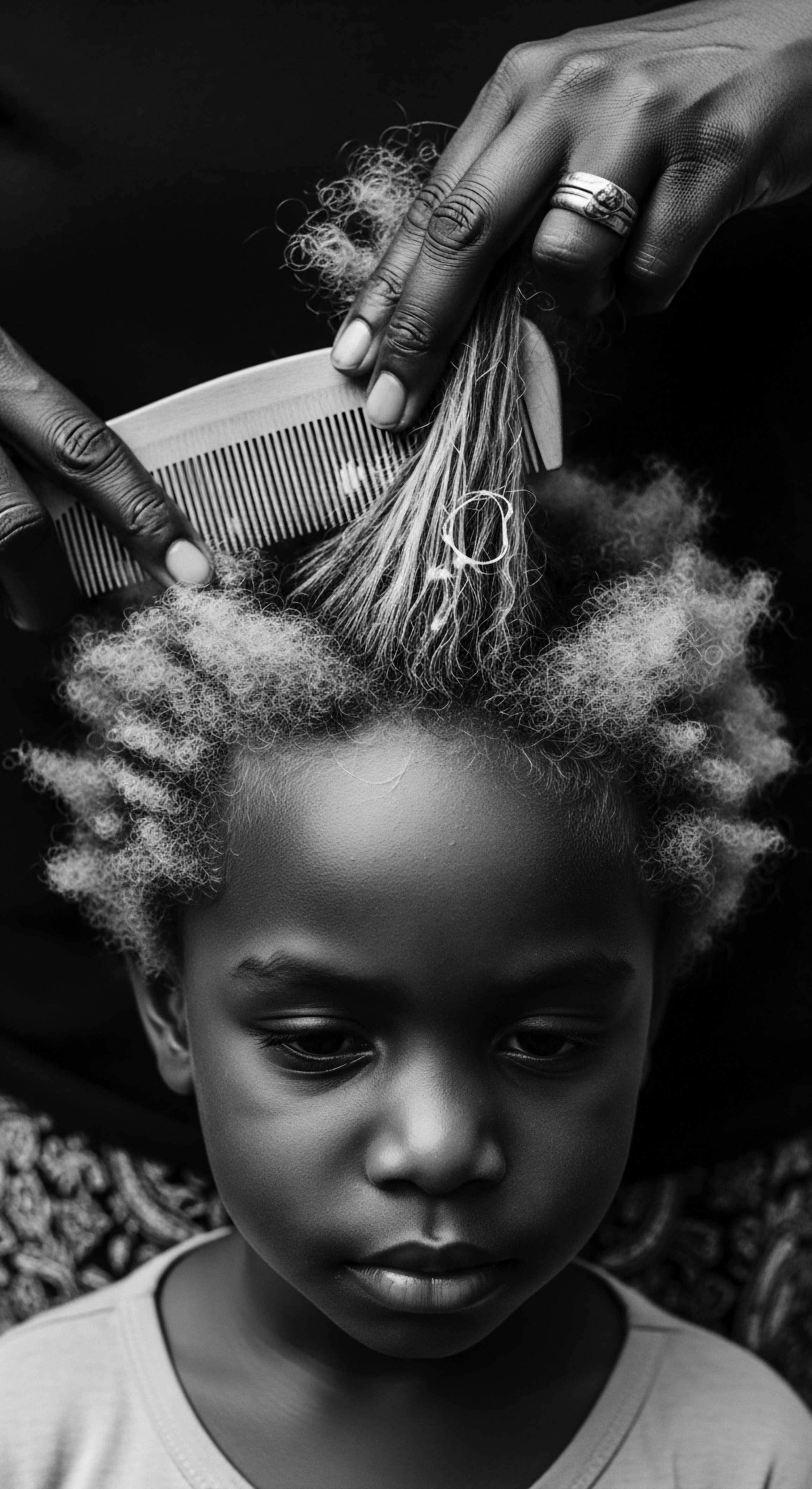
Academic
The Coily Hair Strength, when examined through an academic lens, represents a complex interplay of genetic predisposition, biomechanical properties, and profound socio-cultural meaning. This interpretation extends beyond superficial observations, delving into the precise biological mechanisms that confer its unique resilience, while rigorously contextualizing its historical and contemporary significance within Black and mixed-race experiences. It is a concept that demands a multi-disciplinary approach, drawing from trichology, anthropology, sociology, and even material science, to fully grasp its comprehensive delineation.
The core meaning of Coily Hair Strength, from a scientific standpoint, relates to the intrinsic structural integrity of hair fibers characterized by high degrees of curvature. Human hair, fundamentally composed of keratin proteins, exhibits varying degrees of curl based primarily on the elliptical cross-section of the hair follicle and the asymmetrical distribution of keratinocytes within the hair bulb. For coily hair, the follicle is markedly elliptical, often described as kidney-shaped, leading to a tighter helical growth pattern.
This helical structure, while making the hair appear delicate and prone to dryness due to limited sebum distribution, paradoxically contributes to its mechanical robustness in specific contexts. The specification of this physical attribute is crucial for a complete understanding.
One key aspect of this strength lies in the arrangement of Disulfide Bonds within the keratin matrix. These covalent bonds, formed between cysteine residues, are the strongest chemical bonds within the hair shaft, dictating its permanent shape. Coily hair typically possesses a higher density of these bonds, particularly at the apex of its curves, contributing to its ability to maintain its tight curl pattern even under stress. While these numerous points of curvature can create areas of potential weakness if mishandled, the sheer number and strategic placement of these bonds confer a distinct type of strength ❉ a resistance to deformation that allows the hair to spring back to its original coiled state.
The elucidation of this molecular architecture provides a deeper insight into its inherent capabilities. Beyond disulfide bonds, hydrogen bonds and salt bonds also play a role, though they are weaker and more susceptible to environmental factors like water and pH changes (Wang et al. 2017, p. 1195). The collective arrangement of these bonds allows coily hair to exhibit remarkable elastic properties, absorbing and distributing mechanical stress across its numerous curves.
The academic examination of Coily Hair Strength also considers the genetic underpinnings of hair morphology. Research indicates that genes such as Trichohyalin (TCHH) and Wingless-Type MMTV Integration Site Family, Member 10A (WNT10A) are significant contributors to hair curl formation. TCHH, expressed in the inner root sheath and medulla, aids in cross-linking keratin filaments, providing mechanical strength to hair follicles. Variations in the TCHH gene are associated with different hair curl patterns, accounting for a percentage of curl variation, particularly in European populations.
WNT10A variations have been linked to abnormally tightly coiled hair, as seen in conditions like woolly hair syndrome. This genetic blueprint suggests that the structural properties conferring Coily Hair Strength are deeply embedded in an individual’s biological makeup, a legacy passed through generations. The meaning of this strength is thus intertwined with inherited traits.
From a biomechanical perspective, the spiral geometry of coily hair provides an inherent advantage in distributing forces. When tension is applied, the coiled structure allows for a more gradual absorption of strain across the length of the strand, rather than concentrating it at a single point, which can be the case with straight hair. This explains why, despite its often-fine individual strands, a mass of coily hair can exhibit considerable collective strength and volume.
The phenomenon of Shrinkage, where wet coily hair appears significantly shorter than its dry length, is a direct manifestation of this elastic recoil, demonstrating the hair’s capacity to contract and expand without structural compromise. This dynamic quality is a testament to its intrinsic durability, challenging conventional notions of strength that equate it solely with straight, unbroken length.
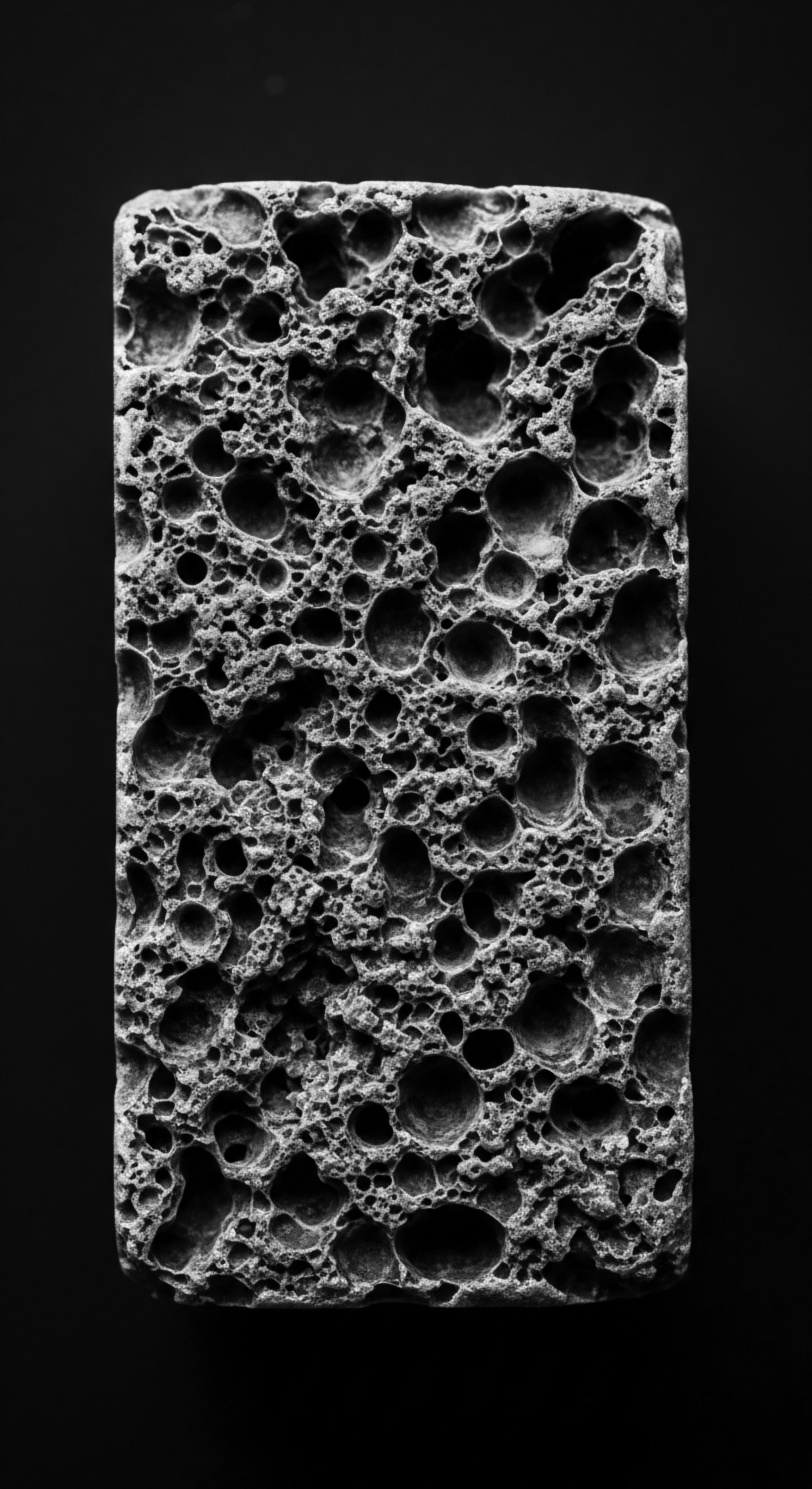
Historical and Sociological Dimensions of Coily Hair Strength
The academic interpretation of Coily Hair Strength extends significantly into its sociological and historical dimensions, particularly within the context of the African diaspora. Here, the hair’s physical attributes become inseparable from its profound cultural significance and its role in identity formation. Historically, African societies used hair as a complex communication system, conveying status, age, tribal affiliation, and even spiritual beliefs through intricate styles.
The strength of coily hair allowed for the creation and preservation of these elaborate designs, making it a living archive of cultural knowledge and identity. The designation of this characteristic as “strength” thus carries a double meaning ❉ both physical and symbolic resilience.
The transatlantic slave trade marked a brutal disruption of these ancestral practices. The forced shaving of enslaved Africans’ hair was a deliberate act of dehumanization, a systematic attempt to erase cultural identity and sever connections to heritage. Yet, even under such horrific conditions, the inherent properties of coily hair, its ability to grow back and be styled, became a subtle yet powerful act of resistance. Enslaved individuals used whatever limited resources they had—bacon grease, butter, kerosene, cornmeal—to care for their hair, adapting traditional methods to new circumstances.
This adaptation and persistence of hair care, however rudimentary, speak to the enduring cultural meaning of hair and the profound inner strength of those who maintained these practices. The sociological import of this resistance cannot be overstated.
The concept of “good hair” versus “bad hair” that emerged during slavery and persisted through post-emancipation periods directly impacted the perception of coily hair strength. Eurocentric beauty standards devalued coily textures, associating them with inferiority, while straighter hair was deemed “good”. This societal pressure led many Black women to chemically alter their hair, often with damaging lye-based relaxers, in an effort to assimilate and gain social or economic opportunities. The physical damage caused by these processes, including breakage and hair loss, ironically demonstrated the hair’s inherent vulnerability when subjected to practices that disregarded its natural structure, further emphasizing the need to respect its authentic strength.
The Natural Hair Movement, gaining significant momentum in the late 20th and early 21st centuries, represents a powerful reclamation of Coily Hair Strength. This movement, often viewed as an extension of the Civil Rights and Black Power movements, celebrates the intrinsic beauty and versatility of coily and kinky textures. It is a collective rejection of imposed beauty standards and a conscious decision to honor ancestral heritage. The decision to “go natural” is not merely a styling choice; it is a profound act of self-acceptance, cultural affirmation, and often, political statement.
The resilience demonstrated by individuals choosing to wear their hair in its natural state, despite societal pressures and discrimination, underscores the deep sociological meaning embedded within Coily Hair Strength. As noted by the 2019 CROWN Research Study, 80% of Black women reported feeling the need to modify their hair for the workplace, illustrating the ongoing challenges faced despite this movement. This statistic highlights the enduring societal pressures that textured hair communities navigate, making the act of embracing natural coily hair a powerful testament to personal and communal fortitude.
| Aspect Structural Integrity |
| Traditional/Ancestral Understanding Recognized through its ability to hold complex styles (braids, twists) for extended periods; seen as a canvas for cultural expression. |
| Modern Scientific Interpretation Relates to elliptical follicle shape, high density of disulfide bonds, and helical keratin arrangement, providing elasticity and resistance to deformation. |
| Aspect Moisture Retention |
| Traditional/Ancestral Understanding Addressed through regular oiling with natural butters and oils (e.g. shea, coconut) to keep hair supple and prevent dryness. |
| Modern Scientific Interpretation Understood as a challenge due to hair's coiled path, which hinders natural sebum distribution; external emollients compensate for this biological characteristic. |
| Aspect Protective Styling |
| Traditional/Ancestral Understanding Practiced to safeguard hair from environmental damage and reduce manipulation, often as communal rituals (e.g. cornrows, locs). |
| Modern Scientific Interpretation Validated as methods to minimize mechanical stress, retain length, and protect the hair shaft from environmental factors like UV radiation and pollution. |
| Aspect Symbolic Power |
| Traditional/Ancestral Understanding Hair as a marker of identity, status, spirituality, and a silent form of resistance against oppression (e.g. Tignon Laws, Afro). |
| Modern Scientific Interpretation Analyzed through sociological and anthropological lenses, demonstrating how hair serves as a visible symbol of cultural identity, resilience, and socio-political statements within diasporic communities. |
| Aspect The enduring wisdom of ancestral practices surrounding coily hair finds powerful validation in contemporary scientific understanding, illuminating a continuous thread of knowledge and care. |
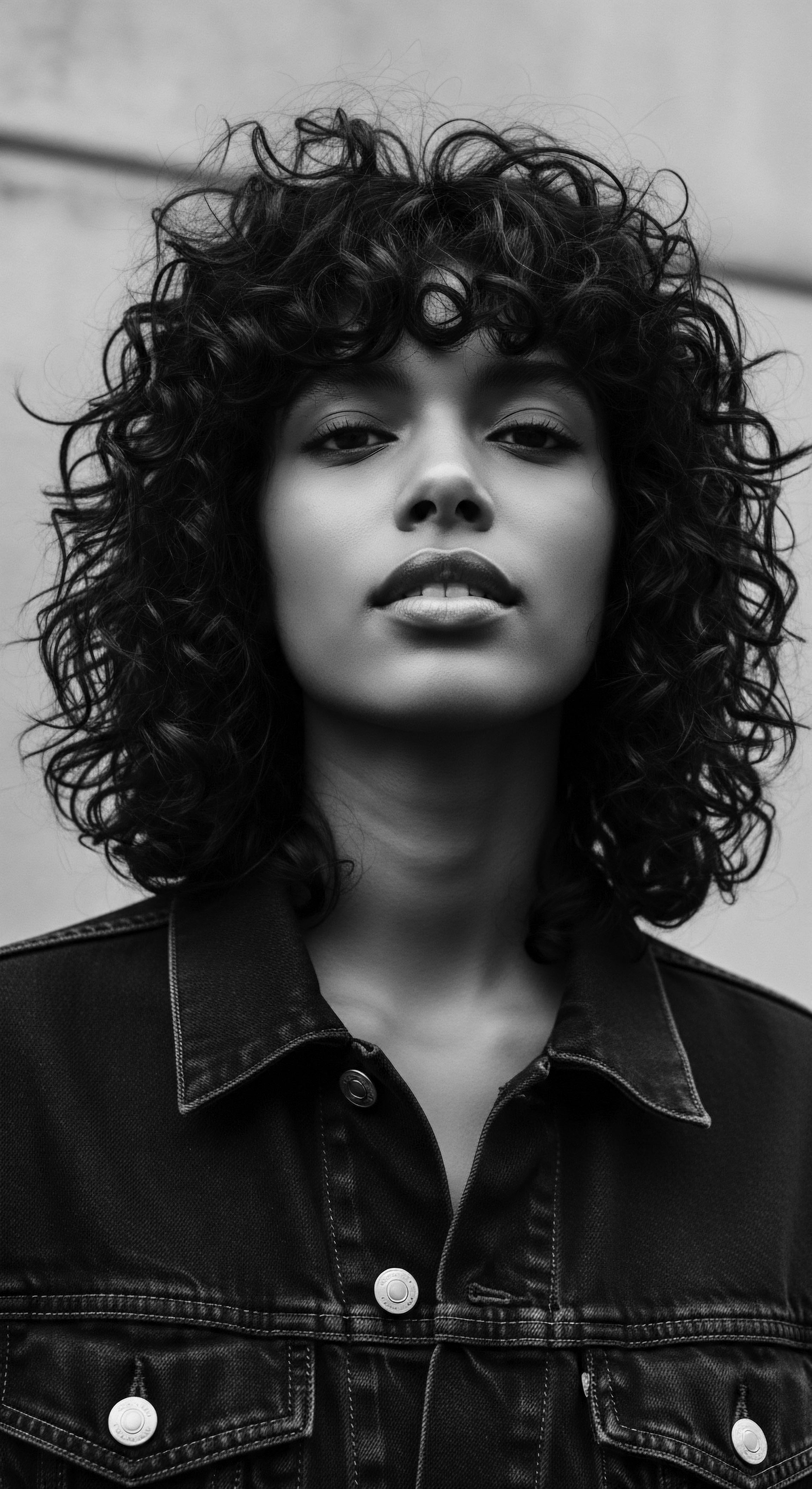
Interconnected Incidences and Long-Term Consequences
The academic discussion of Coily Hair Strength also delves into its interconnectedness with broader societal issues and long-term consequences. The historical criminalization and discrimination against natural Black hairstyles have had lasting impacts on the mental and psychological wellbeing of individuals. The pressure to conform to Eurocentric beauty standards has led to instances of hair trauma, self-rejection, and even physical harm from harsh chemical treatments. This highlights that the strength of coily hair is not just about its physical durability but also the emotional fortitude required to maintain it in a society that often devalues it.
The legal landscape, such as the CROWN Act in the United States, reflects a growing recognition of hair-based discrimination as a form of racial bias. This legislative movement aims to protect individuals from being penalized in schools or workplaces for wearing their natural coily hair. The need for such legislation underscores the deep-seated societal biases that have historically undermined the perceived strength and beauty of coily textures. The long-term success of these legal frameworks relies on a societal shift in understanding and appreciating the inherent strength and cultural significance of coily hair, moving beyond superficial aesthetics to a profound respect for heritage and individual expression.
The consequences of this historical devaluation extend to economic disparities, as Black women have historically faced barriers to employment and advancement due to their hair. Conversely, the rise of the natural hair care industry represents a significant economic shift, driven by a renewed appreciation for coily hair strength and the specific products required for its care. This re-orientation not only supports Black-owned businesses but also creates spaces for cultural affirmation and communal support, fostering a positive cycle of self-acceptance and economic empowerment.
The continued academic exploration of Coily Hair Strength is essential for fostering a truly inclusive understanding of human diversity. By meticulously analyzing its biological properties, tracing its historical trajectory through colonialism and resistance, and examining its contemporary sociological implications, we contribute to a more equitable future. This comprehensive approach ensures that the definition of Coily Hair Strength is not merely a technical explanation but a deeply meaningful statement of identity, resilience, and cultural legacy, affirming the beauty and power of every coil and strand. The pursuit of this knowledge offers a pathway to understanding the full implications of hair as a marker of human experience.

Reflection on the Heritage of Coily Hair Strength
As we close this exploration of Coily Hair Strength, we are reminded that its essence transcends the mere physical properties of a strand. It is a profound meditation on Textured Hair, its Heritage, and its Care, presented as a living, breathing archive within Roothea’s sacred halls. The journey from the elemental biology of the coiled helix to its vibrant role in shaping identities and futures is a testament to an enduring spirit, a wisdom passed through countless hands and hearts across generations.
The strength of coily hair is not a singular, simple concept; it is a layered narrative, echoing with the whispers of ancestors who understood its needs intuitively, long before scientific instruments could measure its disulfide bonds. It is the strength of resilience witnessed in the face of systemic oppression, where a simple headwrap became a defiant crown, and an unapologetic Afro declared self-possession. It is the strength of community, forged in shared wash days and braiding circles, where stories flowed as freely as the nourishing oils. This inherent power, woven into the very fabric of Black and mixed-race identity, continues to inspire a deeper appreciation for authentic beauty.
The reverence for Coily Hair Strength calls upon us to listen to the wisdom of our strands, to honor their unique architecture, and to celebrate the rich legacy they carry. It compels us to move beyond superficial beauty standards and to recognize hair as a sacred extension of self, a vibrant link to our collective past. In doing so, we not only nurture our hair but also nourish our souls, connecting with a heritage that is robust, beautiful, and eternally unbound.
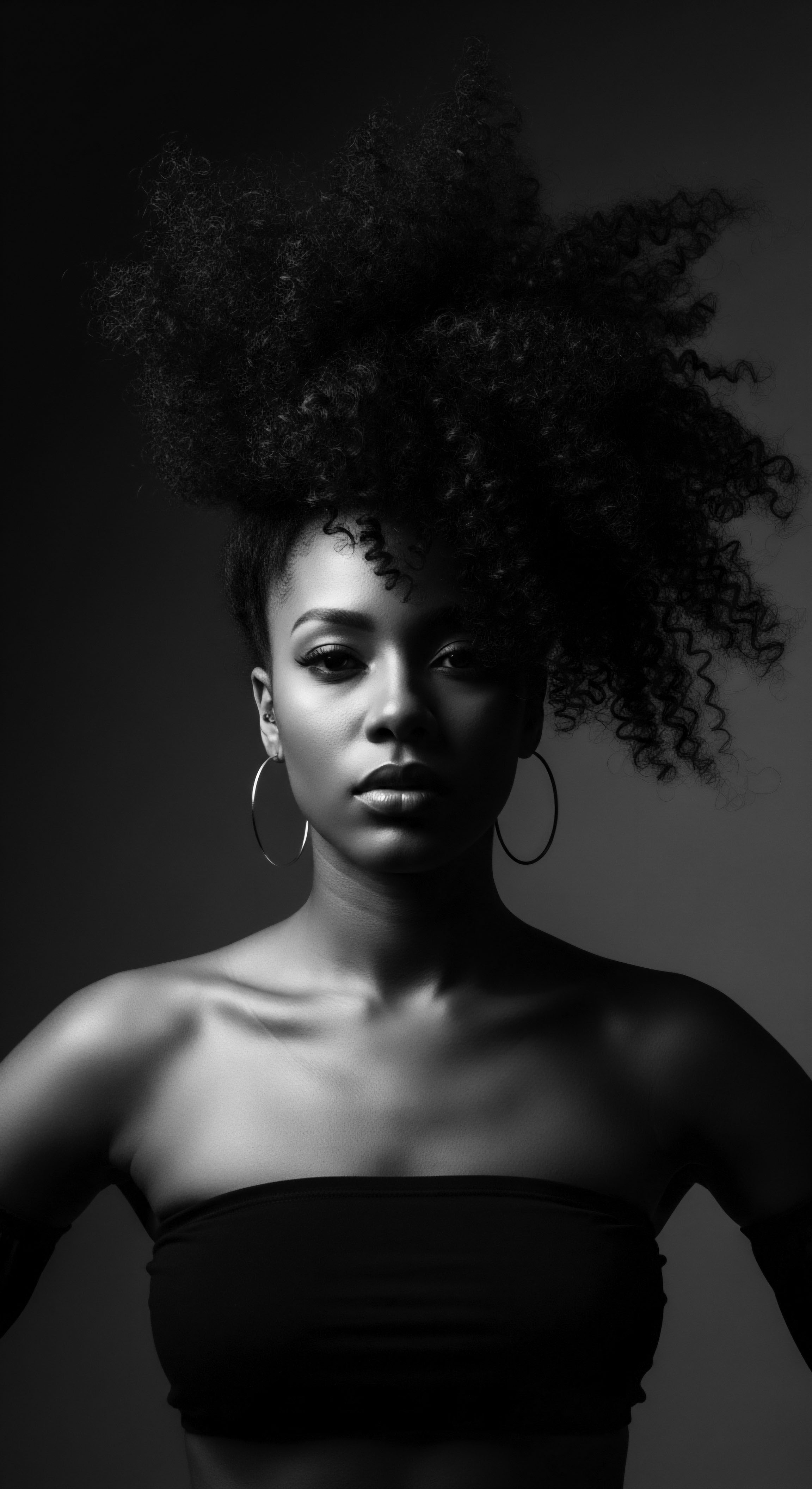
References
- Byrd, A. & Tharps, L. L. (2021). Hair Story ❉ Untangling the Roots of Black Hair in America. St. Martin’s Griffin.
- Wang, B. Yang, W. McKittrick, J. & Meyers, M. A. (2017). Keratin ❉ Structure, mechanical properties, occurrence in biological organisms, and efforts at bioinspiration. Progress in Materials Science, 87, 1195-1228.
- Dabiri, E. (2019). Twisted ❉ The Tangled History of Black Hair Culture. Harper Perennial.
- Davis-Sivasothy, A. (2011). The Science of Black Hair ❉ A Comprehensive Guide to Textured Hair Care. Sivasothy Publishing.
- Ellington, T. (2018). Textures ❉ The History and Art of Black Hair. Schiffer Publishing.
- Rosado, S. (2003). Black Hair/Style Politics. New Formations, 3(Winter), 61-76.
- Mbilishaka, A. (2020). PsychoHairapy ❉ A Framework for Culturally Responsive Mental Health Care. Journal of Black Psychology, 46(8), 653-671.
- Loussouarn, G. et al. (2007). Hair shape and mechanical properties of different ethnic hair types. Journal of Cosmetic Science, 58(3), 261-270.
- White, S. & White, G. (1995). Slave Hair and African-American Culture in the Eighteenth and Nineteenth Centuries. The Journal of Southern History, 61(1), 45-76.
- Fashola, J. O. & Abiodun, H. (2021). The Ontology of Hair and Identity Crises in African Literature. Iasr Journal of Humanities and Social Sciences, 1(1), 36-42.
